Top 10 Languages in the WorldBiologists and historians believe that language is the major factor in the existence and survival of all humans, and its growth has marked the growth of homo sapiens. Languages have been a part of humanity since the dawn of societies and cultures and their development has been credited to languages and their efficiency in communication. In the present world, without a common language or mediator in communication, the world will rapidly devolve into chaos, eventually breaking down all standing nations and institutions; therefore, it's not only a method of communication but the backbone of all countries, faiths, institutions, science, development, and resources. Although we can also rank a language by its total population of native speakers, that is, the descendants of people who collectively developed the language and whose language dialect is believed to be the original one, the total number of the speaker gives us a wider picture of how many people speak the language as well as the dominance of language and its root culture presently on the world. Just as English resides in its position as the language with most speakers, the root of the language, the Anglo-American culture is also the world's most well-known culture in many ways. The Top Languages Based on the Total Number of Speakers 1. English
English has 1.348 billion speakers. Surprisingly, English does not have the most native speakers in the world; it is only the third in the language, with 370 million speakers worldwide. English is the language used to write this article and the most popular and prominent language in the world. Many blame the British for invading and capturing alien, foreign territories and using their language while suppressing local languages, which is suspected to be the cause of the widespread of English in all continents; the globalization of markets and trade demanded a common language to communicate, English has more than enabled us to do so. Even in India, it is a general guideline to send all important documents in the native language and English to other states with inferior Hindi speakers. English had several factors that led to world superiority in languages. As the United States and Russia were at war for supremacy in military and political factors, they also fought for dominance of information, English is also famous because the United States developed and grew the internet. The widespread usage of the internet ultimately led to the usage of English to access the internet in earlier times. This is said to have had a big effect on language and communication, as the internet became a common method to transfer information in post-modern times; English hitched this wave and rode it pretty well. Since English became a very versatile language widespread over the technology, sciences, and mass media, to obtain an education or job in those fields, one needed to learn English professionally; therefore, it became a widespread language being taught in all schools and colleges and a mandatory subject in all courses in schools. 2. Mandarin Chinese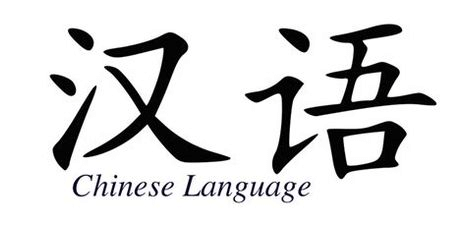
Mandarin has 1.120 billion speakers in the world. It also has 1.3 billion native speakers; if we include all dialects and regional versions, it is the highest number of native speakers in the world. Started and centered in China, Mandarin Chinese has 2nd most speakers in the world. Chinese is also the language with the maximum number of native speakers; the Mandarin we see originated in northern China, and in the other Chinese languages, it is either unintelligible or partly intelligible, yet, it is in the majority where more than 70% of China communicates in it. Besides China, Singapore and Taiwan also recognize it as the official language of their country. The Qing dynasty in the 1900s made Mandarin the official language of the country; Chinese languages have been influenced by the political situation of the nation, where the change in power brings a change in the country's major language. It was majorly taught from 1900 to the present in all Chinese schools after the promotion by the government. There are seven other dialects of the Chinese language recognized by linguists. Chinese is a good language due to its versatility and richness, where the language has many different ways of expressing for same words and is adaptable to an extent. The complex nature makes it a little difficult to learn as a second language, but very intuitive for native speakers. 3. Hindi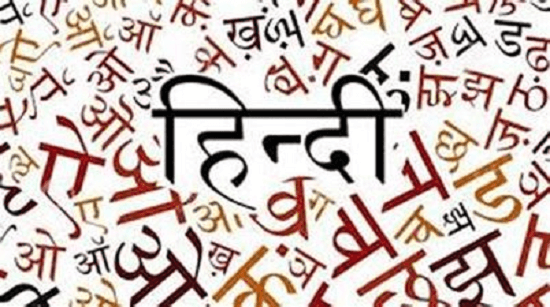
Hindi has 600 million total speakers around the world, with over half of them being native language speakers, which makes it the fourth-largest natively spoken language in the world. Hindi, originating from Sanskrit and then growing from Prakrit and Paali languages, has gone through many innovative and successful changes all around the ancient till the modern era and has become polished and useful. Hindi is one of the only few languages to adapt words and popular uses of other languages into itself and change according to the demand and region; people from any background and geography can adapt however they want, and it does not create any issues for someone to understand the language, it has abstraction and conceptualism which is required in a good language for a large number of people. The language is also sonorous, making it easy to pronounce and simpler to speak and write. The literature and works of Hindi have been divided into three parts, ancient, medieval, and modern, starting from northern India, and still the mother tongue of more than forty percent of Indians, Hindi has many dialects and regional changes overall and is also spoken in an older Khadi boli form in some parts of India, many other languages like Urdu, called the sister of Hindi, is inspired or based on the same principles as Hindi, Hindi grammar is slightly different from its parent languages, but it makes it more accessible, and it spread it like wildfire in the Deccan. Although Hindi has less than half the total speakers of English, it still is a language with huge importance and deep cultural and historical significance since the origins of Hindi is arguably older than any language. People in language studies have claimed that Hindi is a language that will also continue to be fully functional and useful in the future as it is now. 4. Spanish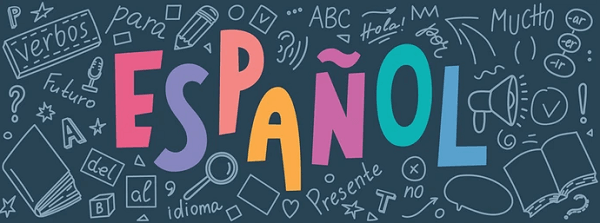
The Spanish language has an overall 543 million total speakers in the world. Most of them are native speakers, making it the 2nd most spoken language natively, with 471 million speakers. Spanish has an alphabetical system adopted from the Latin alphabet, with some special characters. It also uses umlaut and tilde on some of the vowels. The Spanish language is widespread in Mexico, Brazil, and western parts of South America; Spanish is also taught in the whole of North America; although Spanish speakers in the United States are in the minority, it is an additional language in their schools, Spanish has features like grammatical gender, inclination, and formal and informal titles. It is often referred to as the most romantic and passionate language of the American and European collective societies. Modern songwriters often use Spanish terms and phrases in their songs of romantic nature. 5. Arabic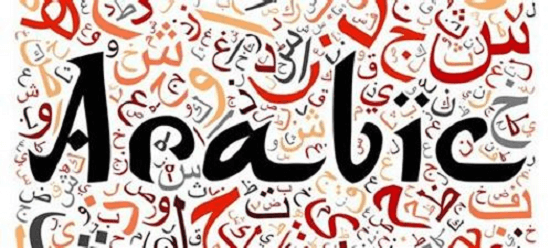
Arabic has a total of 274 million speakers and 315 native speakers overall. A very well-known language across the world and the parent language of Urdu alphabets, Arabic is mostly spoken in the northern part of Africa and Saudi Arabia as well as other countries sharing borders with Saudi Arabia. The language is not spoken verbally in most parts of the world but is only learned and transferred through intellectuals and teachers to the higher studies students and most of the population. Arabic language is more used in the Holy Scriptures and books in Arab and Islamic communities and is said to be the language that God conveyed to them in. Moreover, it is similar to Chinese in that the dialects and local differences in the language make it incompatible with itself in some places. It is not possible to communicate with a person from Oman to someone from Qatar. However, intellectuals and learned people well versed in this language can discuss very detailed and sophisticated words with deeper roots to a great extent despite the communication gap; this indicates that the local changes in the language were not heavily seen in the less frequently used and more specific words of the day to day lives, words, and nouns that people often used morphed to local dialect through the generations. Arabic language and its everyday uses include prayers, religious references and old texts, discussions among the learned, and the official work of some writers and governments. 6. Bengali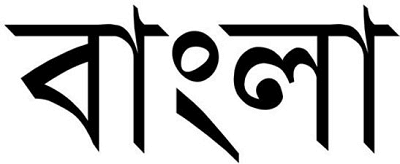
The Bengali language has a total of 268 million speakers and linguists worldwide. It also has 229 million speakers that are native, meaning their first language is Bengali. It ranks 7th in native-speaking numbers. The language is primarily from the Indian subcontinent and is mostly spoken in the Indian state of West Bengal and the country Bangladesh. Bangladesh recognizes it as the official language of their nation, and ninety-eight percent of Bangladesh's population communicates in it. States like Assam, Tripura, and recently Jharkhand have many Bengali-speaking residents. Bengali, more commonly known as the Bangla language, is one of the older modern Indian languages from around thirteen hundred years ago; its origin is traced back to the eruption of several major languages in the Indian peninsula, with Punjabi, Hindi, and Bengali taking the lead. The language has no gendered nouns and only used verbs for nouns; its grammar is extensive and extraordinarily The language has almost seventy percent of its own words, and a quarter of the words are taken from Sanskrit, making a lot of the words commonly understandable among Indians; the language has very few words and terms from the foreign nativity. The known writers of this language include Rabindranath Tagore. The language has seen an amazing past and history of its usage and development; more specifically, it saw a major boost in the Bengali Renaissance period, after which it was termed the major language of Pakistan before, ultimately, Bangladesh region formed its own separate country. The medieval period of India is recognized as the undisputed star of the Bengali language when it is seen on official coins found in excavation sites. It is said to have gained the majority and dominance over Arabic or Urdu in the courts of Sultans and Nawabs of Bengal. Its roots have common ancestry with Hindi, as Prakrit and Sanskrit are traceable in the modern Bengal language. 7. French
The French language has 267 million total speakers in the world. The most commonly known as the language of love, and with very elaborate and often difficult pronunciation, French has been an amazing and emotionally loved language of Europe. It has surpassed its national limits and spread to central, northern, South Africa, Canada, and America. It's an ongoing issue of languages, the official language of more than 29 countries today, and signifies high cultural and traditional values for the European community. French shares the same roots as English is said to be born from Latin and uses the same alphabet, but with many more notations and phonetics, it is often very difficult to speak for other language speakers. Otherwise, French is also a major player in Belgium. The language is divided into three parts, old French, Middle French, and modern French, while, geographically, it does not have many dialects. 8. Russian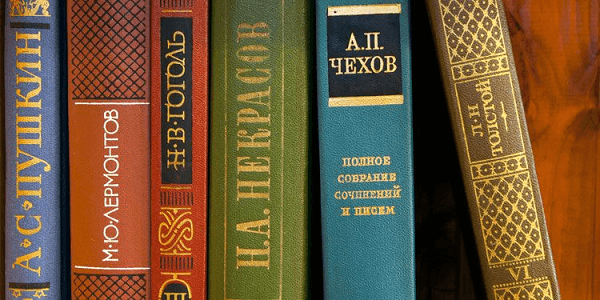
The Russian language has a total of 258 million speakers in the world. Russia is the largest country in the world in terms of area, and the country's official language is Russian. It is also one of the six languages spoken in the United Nations. Russian grammar is a literary system with rarely any concerns in the system. Russian is a Slavic or eastern Slavic language that shares the past with languages, with many pieces of bark found in the Russian nation that have proof of children being literate enough to write pieces of text in an old east Russian Slavic dialect. Moscow became the center and home of the language in the 13th to 15th CE when the language came to dominate the whole of northern Asia and Eastern Europe. It also spread via the invasion of Mongols in the thirteenth century. The time of the Soviet Union and the peak of the USSR led to some major changes in political power and rulers. The policy of how to deal with communication was strengthened and United the general public. The 1900s were a time when the Russian language was patronized. Mass communication, such as newspapers, was standardized in Russian and passed as Russia's national language. Schools started teaching Russian to everyone, and the number of dialects in the language steeply declined in that period. In contrast, the language speakers and literacy proficiency and population saw an unprecedented rise as the government actively promoted the language. Russian is the eighth language with most native speakers in the world 9. Portuguese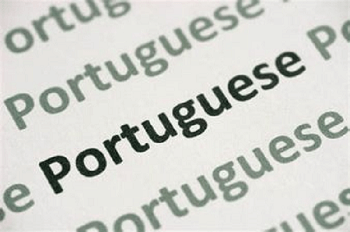
Portuguese is the language spoken in Northern South America, Brazil, Portugal, and southern countries of the African continent. The popularization of the language is said to be owed to the colonialism and conquering era when the Portuguese traders spread it all over both the Americas and Africa, with some parts of Asia as well; countries like Agualusa and Fernando and many others also recognize it as their official language apart from Brazil. Although the language takes much inspiration and pays due respect to other European languages, its speakers and their own cultures have transformed and morphed into something unique. Portuguese also has the sixth-highest number of native speakers. 10. Urdu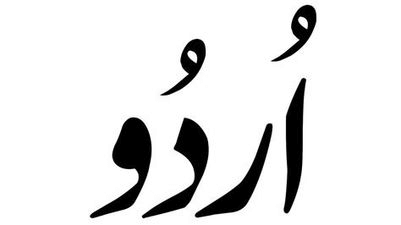
Urdu has 230 million total speakers. Urdu is India's most commonly known language after Hindi. Since it uses Arabic alphabets but uses the grammar of Hindi and Indian languages, it is a mixture of Arabic and Sanskrit Languages; it's spoken similarly to Hindi and is often indistinguishable from it in the spoken form except for the Persian words. It was very convenient for East India Company to use Urdu and replace Persian and Arabic all over the Asian continent because it made communications easier all over the region. The standard forms of the Urdu language are centered in three places, Karachi, Delhi, and Lucknow; the language is also more popular among Islamic scholars as it is a mix of their religious and commonly spoken languages. Its versatility and flexibility adopt many words from other languages and feature a lot of abstraction. The translation of movies and English material is mostly done in Urdu to distribute over the Indian subcontinent as it makes for a common factor for many countries and people. Urdu speakers can be found worldwide, with the maximum residing in India, Pakistan, Saudi Arabia, Nepal, the United States, and the United Kingdom. |
 For Videos Join Our Youtube Channel: Join Now
For Videos Join Our Youtube Channel: Join Now
Feedback
- Send your Feedback to [email protected]
Help Others, Please Share










